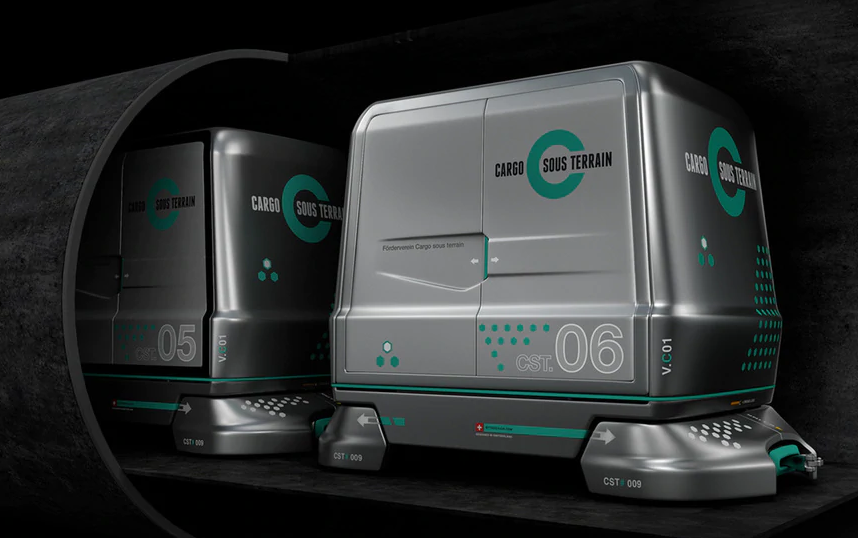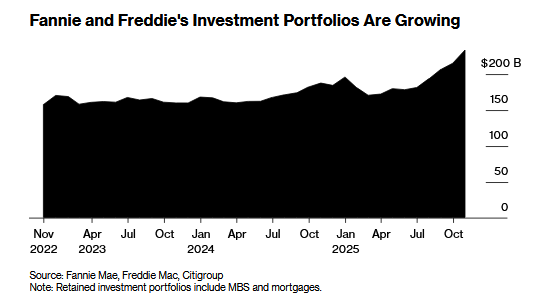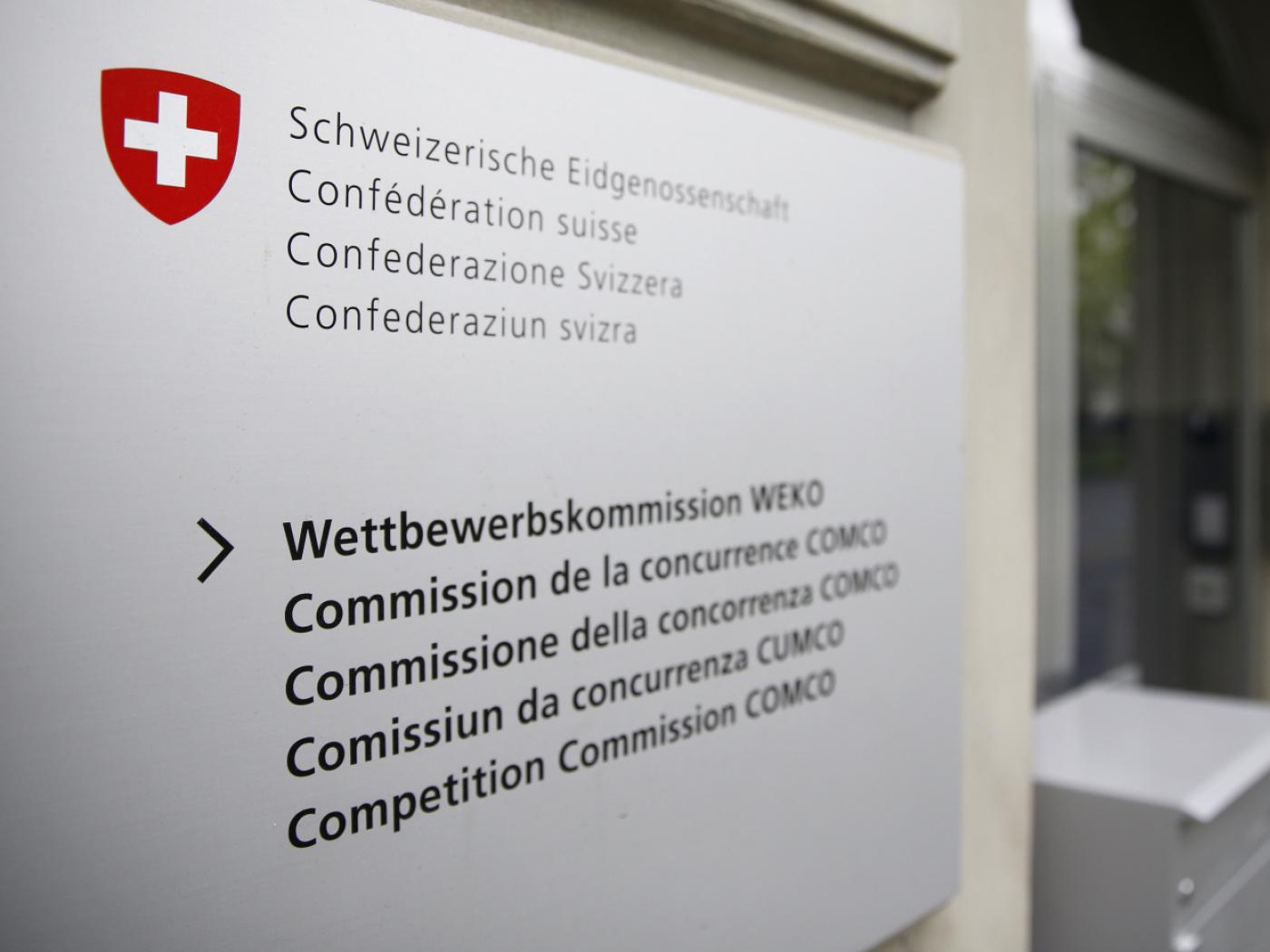
This kind of vehicle will be used to transport goods under Central Switzerland (computer-generated illustration). Keystone
Building a 500-km tunnel network to transport goods under Central Switzerland is the ambitious aim of the “Cargo Sous Terrain” project. The vision has moved closer to reality since the Swiss government brought forward enabling legislation last month.
In the not-too-distant future, part of the goods now transported by road or rail between Geneva and St Gallen, or Basel and Zurich, could be travelling underground on self-driving electric vehicles. We have to say “could be”, because there are still many unknowns facing the Cargo Sous Terrain (CST) project. However, the idea now has the support of the federal government and several heavyweights in Switzerland’s business world. The investors in CST include Swiss Railways Cargo, Swisscom, Implenia (a major player in construction), and the Coop and Migros supermarket chains.
The Swiss project is not unique. Other countries are looking at similar solutions. The Swiss project, however, “has some unique features, because it’s all private-sector-funded and it is being planned in consultation with its intended users”, explains Antonia Cornaro, a professor at the federal technology institute ETH Zurich who specialises in underground systems. “It is also going to be a multifunctional system, which makes it that much more economical. Goods transport will be twinned with the parcel post and Swisscom’s telecommunication lines. What’s more, it will operate 24 hours a day, 7 days a week, and it won’t have any down time.”
Developments elsewhere
Studies aimed at developing underground logistical systems having been going on for twenty years now. In China, just over a year ago, online commerce giant JD.com inaugurated a brand-new research institute to study “city logistics”. The institute’s initial goal is to develop solutions for underground goods transport.
In several European countries, companies have been working on projects similar to the one here in Switzerland: Tube Cargo Express in the Netherlands, CargoCap in Germany and MoleSolutions in Britain. All these initiatives are still at the preliminary stage.
In Italy they are working on project Pipenet, a new development of the “pneumatic dispatch” idea which could make goods travel at high speed (the figure mentioned is 1,500 km per hour) in a conduit, working on the basis of a magnetic field. In this case, the packages would go in smaller containers than those being envisaged for the other projects mentioned.
The proposed legislation, put before Swiss parliament by the federal government last month, is a crucial first step in what is likely to be something of a marathon. The bill emphasises the principle of non-discrimination: any services offered will be open to any customer. At the same time, it rules out the idea of building several parallel systems to transport goods underground. The bill also lays down that “the capital of owners and managers of the facility and voting rights directly or indirectly linked to that will have to be majority-Swiss-owned”.
Private-sector Swiss funding
Although this is not spelled out, the CST project planners are concerned to avoid arousing too much interest from Chinese companies. Last March, parliament passed what is known as the “China Law”, a motion proposing to create “a legal basis for controlling direct investments from abroad in Swiss companies”. Just two months ago, CST declined an offer of funding from the Chinese investment juggernaut Dagong.
While the Swiss government does not want ownership to be held by foreign interests, it still does not want to get involved itself in the funding of the project, because “it cannot and will not intervene indiscriminately in the goods traffic market”.
To build the entire CST network, which will come to extend over 500 km and, according to the intentions of the promoters, will be finished around 2045, is expected to cost CHF30-35 billion. Just for comparison, Alptransit – with its base railway tunnels of St Gotthard, Lötschberg and Monte Ceneri – cost about CHF22 billion.
It’s going to be worth all the trouble, Cornaro thinks: “goods traffic is seeing enormous increase, and it cannot be managed by conventional means, that is, road and rail. Analyses have shown that the system is going to be financially worthwhile for users, otherwise they wouldn’t be investing in it.”
The funding aspect will be only one of many challenges facing the project. It is not unusual for infrastructure projects of that kind to go over budget, without even factoring in all the unknowns, from geology to environmental issues, or the long negotiations to be expected with municipalities and private landowners.
First step: a tunnel from Härkingen to Zurich
The goal of CST is first to build a stretch of the tunnel between Härkingen, a place where there are several warehousing and distribution facilities, and Zurich. Stretching over 67 km, this tunnel would run 20 to 100 metres underground, have about ten trans-shipment “hubs” and would cost about CHF3.4 billion according to CST estimates. It should be up and running by 2030.
In the second phase, if the experience with the tunnel is positive, the network will be extended along the east-west axis, from St Gallen to Geneva, bringing in the cities of Basel, Lucerne and Thun “in a network covering the main flows of goods in Switzerland”, says the federal government in its announcement.
The Cargo Sous Terrain network would then extend to the whole of Central Switzerland. But the first step is to build the Härkingen-Zurich line.
The tunnel is to have three separate bores or lanes: one for each direction, and another one for service work and maintenance placed in the middle.
Self-driving vehicles
To transport the goods, electrically powered, self-driving wheeled vehicles will be used. These will travel at a constant speed of 30 km/h. Each one can take a load of two pallets. If necessary, the containers can be refrigerated. Just under the roof of the tunnel, the system will also have an overhead cableway which will run at double speed for fast transport of small parcels or quantities of goods.
Apart from taking the burden off road and rail, this project is expected to make a positive environmental contribution. A study commissioned by CST found that this “subway system” (including transport to the hubs and distribution) would halve CO2 emissions from what they are now with a combination of 90% transport by road and 10% by rail..
Goods transport sees constant growth
Between 2000 and 2018 goods transport by road and rail has experienced almost continuous growth: metric tonnes per km (a unit of measurement for goods transport which maps number of tonnes transported against distance covered) grew by 19%, to 27.9 billion.
This growth, according to forecasts
from the Federal Office of Spatial Development, is sure to continue. “The annual volume of traffic on road and rail will grow from 407 million tonnes in 2010 to 516 million tonnes in 2030, while in the same period transport activity will increase from 27 to 33 billion tonnes per km in a year,” the government announcement states.
Given the pressure on road and rail infrastructure as it is, and the difficulty of building any more of the same, especially in a highly urbanised area like Central Switzerland, alternative solutions need to be found. The Cargo Sous Terrain project is one of them.
Tags: Business,Featured,newsletter



























